'Orphans' like this man's tiny roadster will line the streets at Sept. 11 Des Moines Concours d'Elegance
Robert Cunningham has a soft spot for orphans.
Most other car buffs lust after iconic muscle cars or enduring classics from major makers like Chevrolet, Chrysler and Ford. For their devotees, downtown Des Moines' neon-accented temple of vintage horsepower, American Dream Machines, beckons with a showroom frequently filled with Camaros, Corvettes, Mustangs and the occasional Cadillac from the era before safety bumpers and emissions controls.
Cunningham means no disrespect to those mass-produced, sleek machines and their dedicated fans, but he doesn't feel their allure.
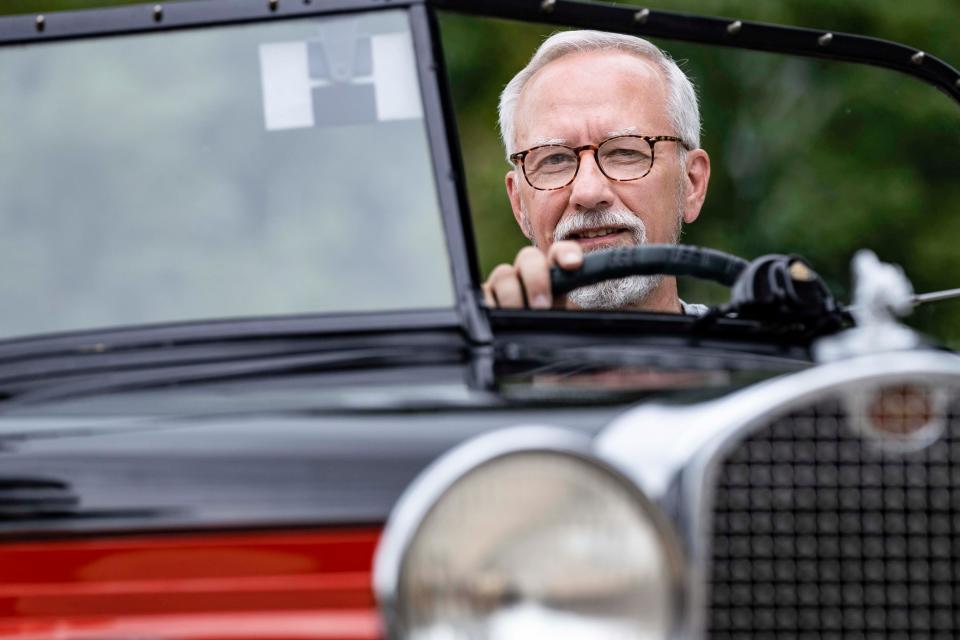
"You can go to a car show and see 16 Corvettes in a row with just some variations here and there," he says. "I like things that are different."
His singular passion dwells in a tiny, accessory garage behind his West Des Moines home. Ready for an excursion, it's sitting on the lawn when I arrive on a recent Saturday.
Two-tone red and black with red disk wheels, the 1932 American Austin Bantam roadster is all of 10 feet long — almost three feet shorter than a modern Mini, of which it is a (very) distant cousin. Even shorter is its supply of horsepower: 12.
More: Sara Bareilles thanks kid captain for choosing her song for first Iowa Wave of the season
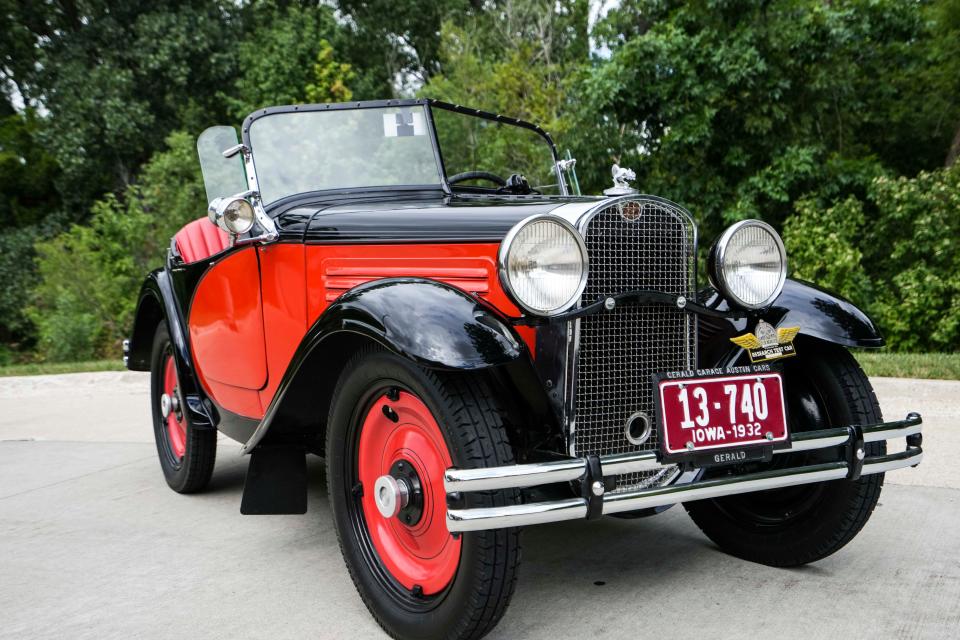
But it has charm in endless quantities. That's apparent when we drive to a nearby shopping center to take advantage of a wooded backdrop for a photoshoot. Though it's a slow afternoon and we park in an out-of-the-way spot, employees of the stores emerge to marvel at the Bantam's Lilliputian lines. Register photographer Meg McLaughlin declares it "so cute" as she poses Cunningham and his auto for portraits and captures details like its bantam rooster radiator cap.
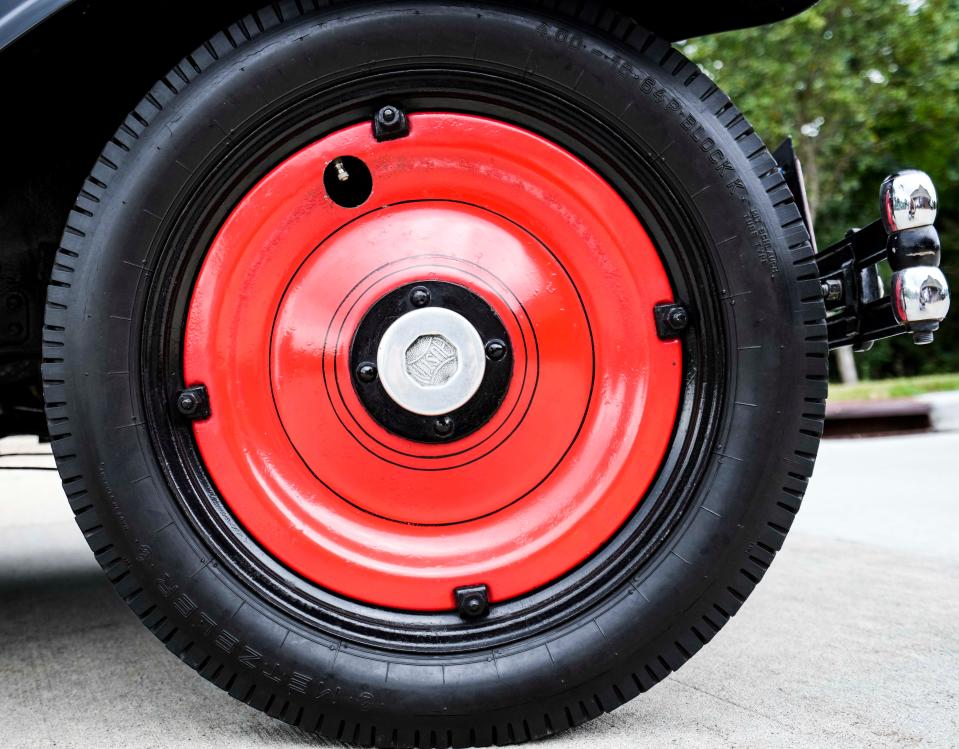
Cunningham says the British-engineered roadsters, built for a brief time during the Great Depression by a long-vanished Pennsylvania maker, always were few in number. In all, 1,550 were produced. Fewer than 100 survive.
Cunningham's, which has about 65,000 original miles, has been a dependable driver for the 22 years he's owned it, but he keeps an extra engine on hand and has had to be creative about sourcing parts, such as the motorcycle sidecar tires that he used to replace the well-rotted rubber on the car when he bought it.
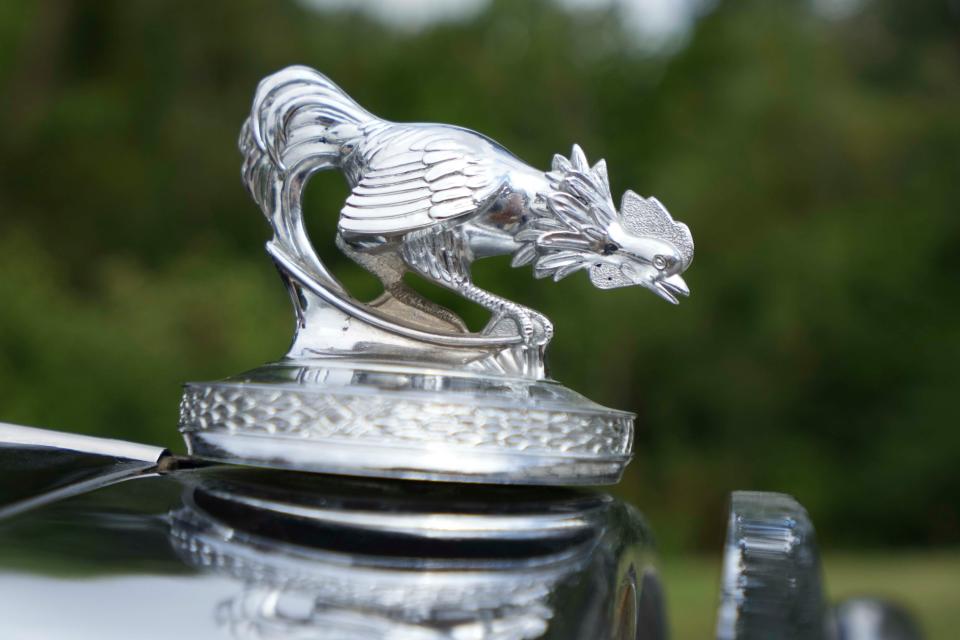
Now in his 60s, Cunningham says his first car was a 1936 Chevrolet, already a relic from another age when he purchased it at age 14. But he says his initial automotive love was an ancient Hupmobile parked in a junkyard near his boyhood home. He recalls nestling in its elegantly appointed interior as he did his homework.
He has spent decades buying and restoring other so-called "orphaned" makes from vanished manufacturers: a Willys-Knight, a Packard and an assortment of Crosleys, one of the most unusual of American car lines, known for its diminutive size and super-light, tin-stamped engines.
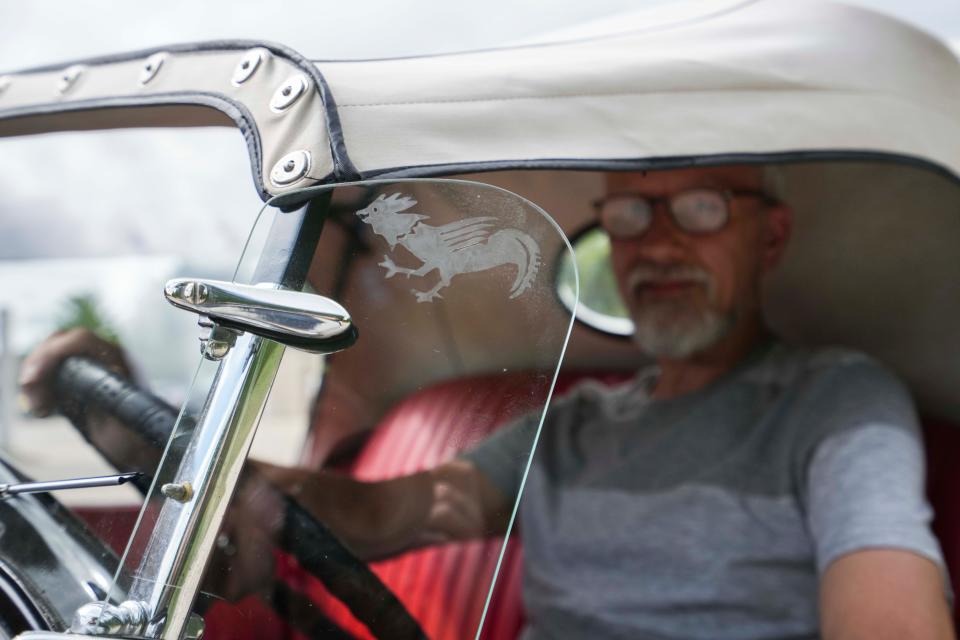
Rare as those cars now may be, there is a robust community in Des Moines of people who preserve them and other orphans in drivable condition. The week before visiting Cunningham, I had spied on University Avenue a gentleman in a vintage Stetson at the wheel of what I'm pretty sure was an equally vintage late-1940s Studebaker.
For them, Sunday, Sept. 11, will be the party of the year. That's when the annual Des Moines Concours d'Elegance will be held on Grand Avenue and Locust Street from 12th to 16th streets, encompassing the Pappajohn Sculpture Park and American Dream Machines.
The 10 a.m.-4 p.m. car show is for lovers of rarity and authenticity. Many of the 150 cars will be the only ones of their kind locally, and for most models — even the ones made in more abundant numbers by manufacturers that are still around — the limit is two examples. The exception is for special classes, like this year's marking the centenary of the Austin 7, the British economy car from which Cunningham's Bantam roadster, set to be part of the display, was derived.
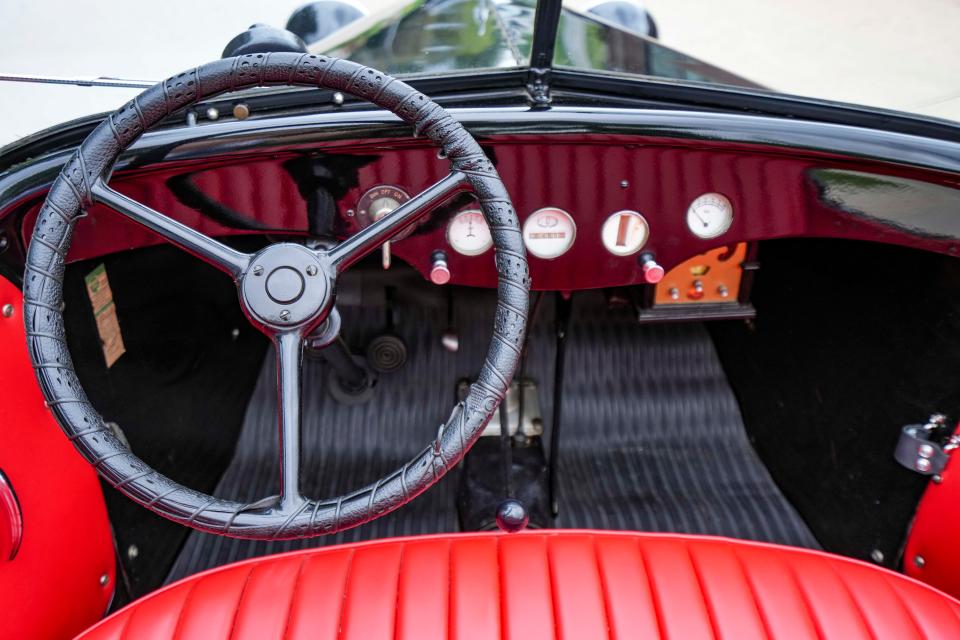
To compete for Concours honors, cars must be restored to original and, in many cases, better-than-original condition, though there's a firm rule that nothing can be added that couldn't have been part of the original model. One super-purist class, according to the Concours website, is for "unaltered survivors produced before 1973 with only minor updates like batteries, tires, and belts."
With free admission (though donations will be accepted for the Children's Cancer Connection), it's a chance to see the cars your grandparents or great-grandparents may have driven, looking as though they've just left the factory. Maybe you'll end up wanting to adopt an orphan of your own.

Bill Steiden is the business and investigative editor for the Register. He considers his battered,19-year-old Subaru Forester a future classic.
OUR DES MOINES
Our Des Moines is a weekly feature on an interesting person, place or happening in the Des Moines metro, the kind of gems that make central Iowa a special place. Have an idea for this series? Contact chunter@registermedia.com.
This article originally appeared on Des Moines Register: Des Moines Concours d'Elegance showcases cars from vanished makers

